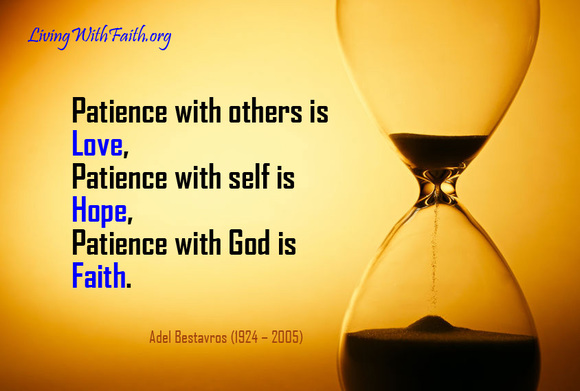The apostle John gives us an answer to this important question. In his letters, John talks extensively about love, mentioning the concept no fewer than 34 times, including his well-known summary statements such as “…God is love” (1 John 4:8). But John’s teaching on love is not as general as it might sometimes appear.
In his first epistle, the apostle talks about an easily overlooked aspect of the two directions or dimensions of love – love of God and love of people – that must both be present in our lives. In doing so, John answers the question of “How do we increase our love for God and man?” by answering a slightly different one: “How do we know if we love God and others?” He gives us the answer first in terms of whether we truly love God or not. Notice what he tells us:
“Whoever claims to love God yet hates a brother or sister is a liar. For whoever does not love their brother and sister, whom they have seen, cannot love God, whom they have not seen. And he has given us this command: Anyone who loves God must also love their brother and sister” (1 John 4:20-21).
The proof of our love for God, John says, is that we love others (see also Hebrews 6:10 “the love you demonstrated for his name by serving the saints” CSB). In the next chapter of his letter, John repeats this fact: “... everyone who loves the Father loves whoever has been born of him” (1 John 5:1). But the apostle then reverses the direction of this understanding:
“This is how we know that we love the children of God: by loving God and carrying out his commands. In fact, this is love for God: to keep his commands. And his commands are not burdensome” (1 John 5:2-3).
The proof of our love for others, John tells us here, is that we love God and are obedient to him. Just as it is not possible to truly love God without loving his children (1 John 5:1), it is also impossible to truly love God’s children without loving him (1 John 5:2). Together, these verses show the two directions that love must work in. In the first case, our love and obedience to God involves – and is proved by – our love of our brothers and sisters. In the second case, we are told that our love for our brothers and sisters is based on – and proved by – our love and obedience to God.
Simple as it may sound, this two-way definition can be tremendously helpful to us as Christians. We can see what John says as both admonition and encouragement. First, there is clear admonition for all of us in the understanding that we cannot claim to love God if we cannot bring ourselves to love all people, and conversely, that we cannot pretend we truly love people if we do not deeply love God. Love of one without love of the other is not genuine love.
But the encouraging side of this equation relates to our original question – “How can we grow in love of God and others?” What John shows us indicates we can increase our love of God by loving people more, and if we want to increase our love of others, we can do that through actively developing our love of God. It may seem counterintuitive, but it is a truth that solidly underlies much of what John tells us.
Why is this? The reason is that unless God is the center of our life – what we love above all else – we will never truly love others as much as ourselves, because without God at the center of our lives, we will love ourselves above all else – we will primarily be “lovers of ourselves” (2 Timothy 3:2). Conversely, if we do not love others as much as ourselves, we are not fulfilling God’s command and our love of him will always be limited.
What John shows us is that as we grow in our love for God, our love for others will naturally increase at the same time. The closer we grow to God, the more he changes the way we think about ourselves – and others – and the more we begin to love others. As we grow to love the children of God more, it is a direct reaction that we begin to be less self-centered and our love for God naturally increases as a result.
John’s words on the two directions of love may indeed seem counterintuitive at first, yet they are profoundly true in showing us how we can know and grow our love for God and others.

























 RSS Feed
RSS Feed
